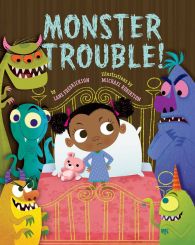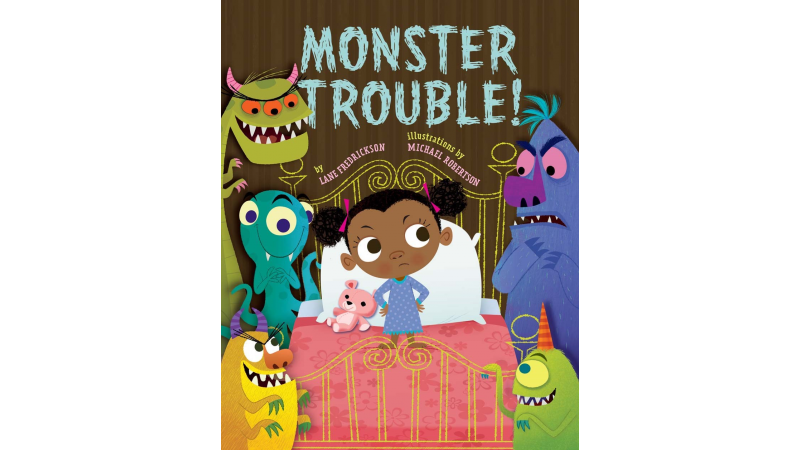There are a lot of different reasons why parents love reading aloud with their kids. In Scholastic's Kids & Family Reading Report, we found that 91% of parents read aloud at home before age 6, and the main reason parents do so is to help their kids gain language and vocabulary skills. These days, I find it to be a nice time to gear-down after an evening full of three-year-old shenanigans; it's a chance to "calm your body," as they say in my daughter's preschool.
And from the kids' perspective, they love being read to for a lot of reasons (special bonding opportunities with parents is #1). But I'll let you in on a little insidery glimpse of what it's like to be a Scholastic parent. When I was reading the Kids & Family Reading Report, I saw this: 35% of kids like to hear the different voices the person reading uses. The first thing I thought was: Oh! Wait--am I doing enough special voices? That's right: first I got insecure, and then I quickly resolved to tighten up my performance. (Parenting is exhausting!)
Now I really pay attention to varying my reading style, and I think about not just entertainment value (I can only do so much) but also how using different voices can help my daughter both enjoy the story and learn. Below are some of the books that we read all the time, and which I find are best for really hamming it up during read-aloud time.
 Monster Trouble (Lane Fredrickson): Monsters are a hot topic in our house right now and I would estimate half of our conversations are about monsters and whether they can get us, where they live, which are most scary, which are least scary, and so forth. Monster Trouble is a sweet book about a little girl who—spoiler—kisses monsters away after trying a bunch of other tricks and traps. Like Thank you, Octopus (below), Monster Trouble is very silly and provides a good opportunity for spooky and varying voices.
Monster Trouble (Lane Fredrickson): Monsters are a hot topic in our house right now and I would estimate half of our conversations are about monsters and whether they can get us, where they live, which are most scary, which are least scary, and so forth. Monster Trouble is a sweet book about a little girl who—spoiler—kisses monsters away after trying a bunch of other tricks and traps. Like Thank you, Octopus (below), Monster Trouble is very silly and provides a good opportunity for spooky and varying voices.
Llama Llama Red Pajama (Anna Dewdney): I've talked before about how much we love the Llama Llama books--they appeal directly to some of the most potent toddler emotions, and we use them to work through difficult feelings. They are also masterfully written in terms of cadence and emotional crescendos. The books start out with a problem for little Llama, which then builds and builds toward an emotional meltdown. As I read, I always start out cool and calm, and then allow my voice to get even more anxious and high-pitched in order to match the story. I hope that matching my voice to the emotions helps my daughter connect the words, pictures, sounds and concepts for fuller comprehension. (Also, frankly, it's more fun to read that way.)
Thank you, Octopus (Darren Farrel): Confession: the first time I read this book, I laughed so hard I cried. Thank you, Octopus is an extremely silly book that has plenty of opportunities for exaggeration and silly voices. And laughing.
Babar and the Ghost (Laurent de Brunhoff): We also use this book to support our ongoing monster conversation (in this case, a ghost). There is really nothing better than friendly spooks to provide opportunities for silly voices.
I'm glad that I started paying a little closer attention to some of the ways I can vary our read-aloud routine, and I find that when I read in more performative way, it helps me draw attention to things I want my daughter to get from the story, whether it's emotional timbre, pacing, new vocabulary words or new concepts.
What are your favorite books for silly voices?



